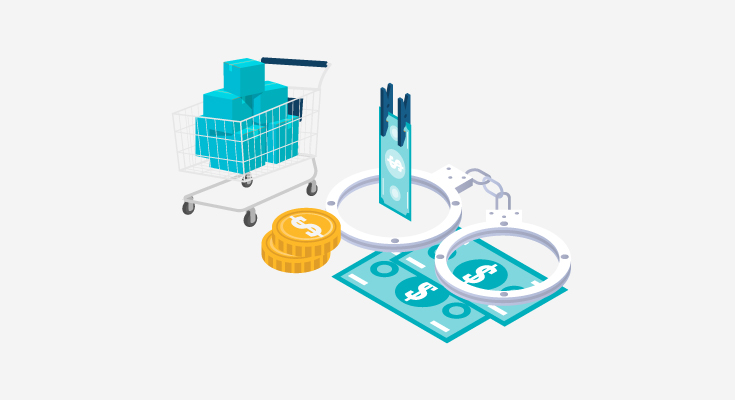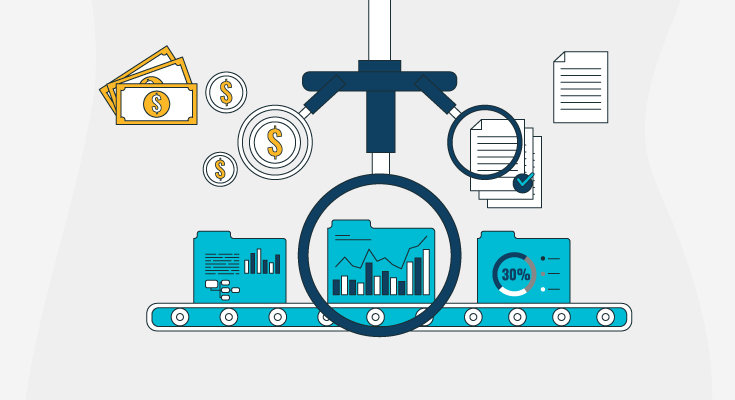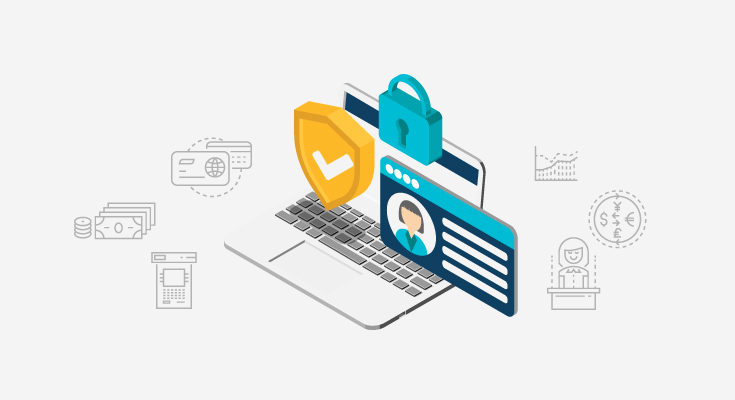As banks and financial institutions try to embrace advancements in financial technology, the digital banking sector has grown exponentially. The pace of digitization of banking systems has been reinforced by the covid-19 pandemic. Out of all bank customer onboarding in 2020, almost 65% of them were done with online methods. Unfortunately, as digital banking services become more meticulous, so do the criminals trying to find a way into banking systems.
In a changing and growing financial sector, firms need to prioritize compliance for their digital banking sectors and they need to make sure that they can detect and prevent money laundering and terrorist funding, and other financial activities. Banks and financial institutions need to continue to deliver regulatory compliance.
Digital Banking AML Regulation
Digital banking service providers are now facing both traditional money laundering risks and other risks that have become possible due to technological advancements in the banking sector. Those risks may be the reason for new methodologies such as phishing scams, malicious software, and virtual currencies to launder money with new digital banking systems. Digital banking services are popular with money launderers because of the anonymity offered by digital banking systems.
Global financing authorities are quickly trying to handle these threats and fill in the gap in regulations, by focusing on improving digital banking services. In the United States, the Financial Crimes Enforcement Network (FinCEN) has issued a set of rules and guidelines for organizations dealing with virtual currencies. Europe’s 5th Anti-Money Laundering regulations are a set of regulations for digital financial sectors and cryptocurrency service providers. Similarly to that, the Financial Action Task Force (FATF) has also released its guidance on digital identification and compliance with KYC and AML regulations.
How to Comply with AML Regulation in Digital Banking?
Banks and financial institutions need to make sure that they offer digital services in compliance with AML to reduce the risks of money laundering. Under FATF policies, most financial organizations need to follow a risk-based approach to fight AML. They need to implement an internal compliance program:
- Customer Due Diligence (CDD): Financial institutions need to set up CDD measures to verify the identities of their digital banking customers. Under the risk-based approach, customers that come under a higher risk of money laundering should be verified with proper due diligence measures.
- Monitoring Measures: Banks and Financial institutions will need to set up measures to monitor suspicious customer activities during digital transactions. Suspicious activities can include unusual transactions, transactions over the usual limit, or regular transactions with high-risk countries.
- PEP List Screening: Screening and monitoring potential customers on PEP (politically exposed persons), international sanction lists, and customer involvement in adverse media stories. Any of these can be enough to deem the customer as a potential risk.
Some rules and regulations require financial institutions to get licenses for certain digital services such as cryptocurrency exchange or features like digital wallets. FATF policies also require organizations to train their employees and appoint a compliance officer to go over all the AML programs.
Digital Banking AML Measures
To manage the new money laundering and digital banking risks, banks and financial institutions need to take new approaches to keep up with regulatory compliance. Firms need to change the way they collect and verify customer data. The most effective factors of a digital AML solution include:
- Digital Identification: Digital ID systems include biometric verification such as fingerprints and retinal scans. Combine with fully equipped smartphones, both the customers and banks may use those systems for customer onboarding. Digital identities can support more accurate and efficient CDD during onboarding and throughout the business relationship. Technologies such as DIRO online document verification technology can verify customers online by verifying documents such as bank statements, address proof, and utility bills. DIRO’s document verification tech can verify documents instantly thus improving the overall digital onboarding process.
- Artificial Intelligence: AI technology offers a wide range of opportunities for firms to improve their AML and KYC compliance. AI can help in prioritizing data collection and transaction monitoring. AI-based technologies can also improve the detection of red flags during online transactions and reduce the time and effort banks spend on detecting suspicious activities manually.
- Blockchain: As cryptocurrency is slowly growing, blockchain technology is also becoming more common among banking institutions. Blockchain is a public distributed ledger and blockchain allows firms to record and verify transactions. The technology could be used to store and encrypt customer information as a secure block of information. The use of blockchain technology within AML regulations would help fight the challenges associated with digital banking.
Integrating Technologies for Smoother AML Compliance
Managing customer data and following compliance in the era of digital banking means leaving the traditional AML rules behind. Embracing smart technologies for verification and automation for a better customer experience.
The utilization of DIRO’s document verification technology can offer real-time document verification with 100% of proof of authentication. DIRO’s online document verification technology can verify:
- Bank statements
- Bank account holder information
- Proof of address
- Insurance information
- Utility bills
- Student records & many more.
By employing instant online document verification technology, banks, financial institutions, and FinTechs can improve their digital banking methods.













